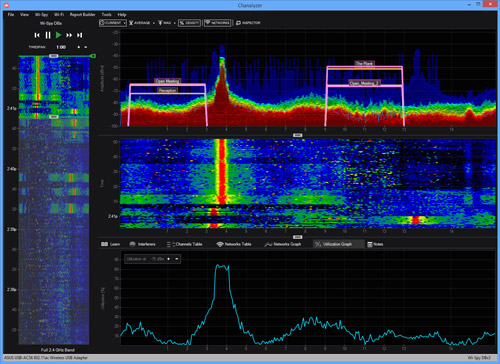Sir Patriot
Regular Contributor
Hi
I am using RT-AC68U in a house that farthest place to the router is about 15 meter away but with 3 walls between it and my cellphone. I am getting weak signal and sometimes it disconnects from 5GHz band but 2.4GHz is working fine with full bars. I know that 5GHz is weaker compare to 2.4GHz to pass the walls but I think 15 meter and 3 walls should not cause that much problem.
Is there any way to make its signal stronger?
I am using RT-AC68U in a house that farthest place to the router is about 15 meter away but with 3 walls between it and my cellphone. I am getting weak signal and sometimes it disconnects from 5GHz band but 2.4GHz is working fine with full bars. I know that 5GHz is weaker compare to 2.4GHz to pass the walls but I think 15 meter and 3 walls should not cause that much problem.
Is there any way to make its signal stronger?


